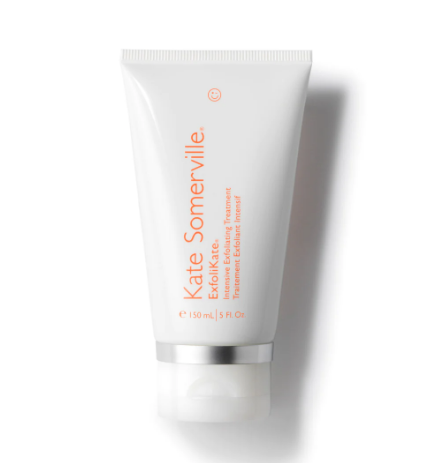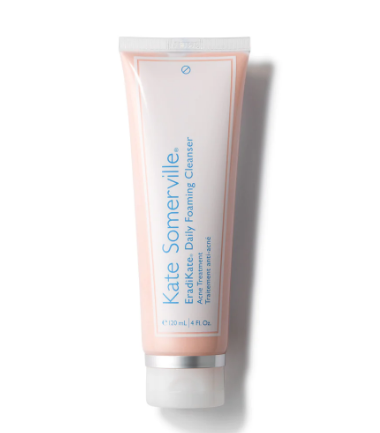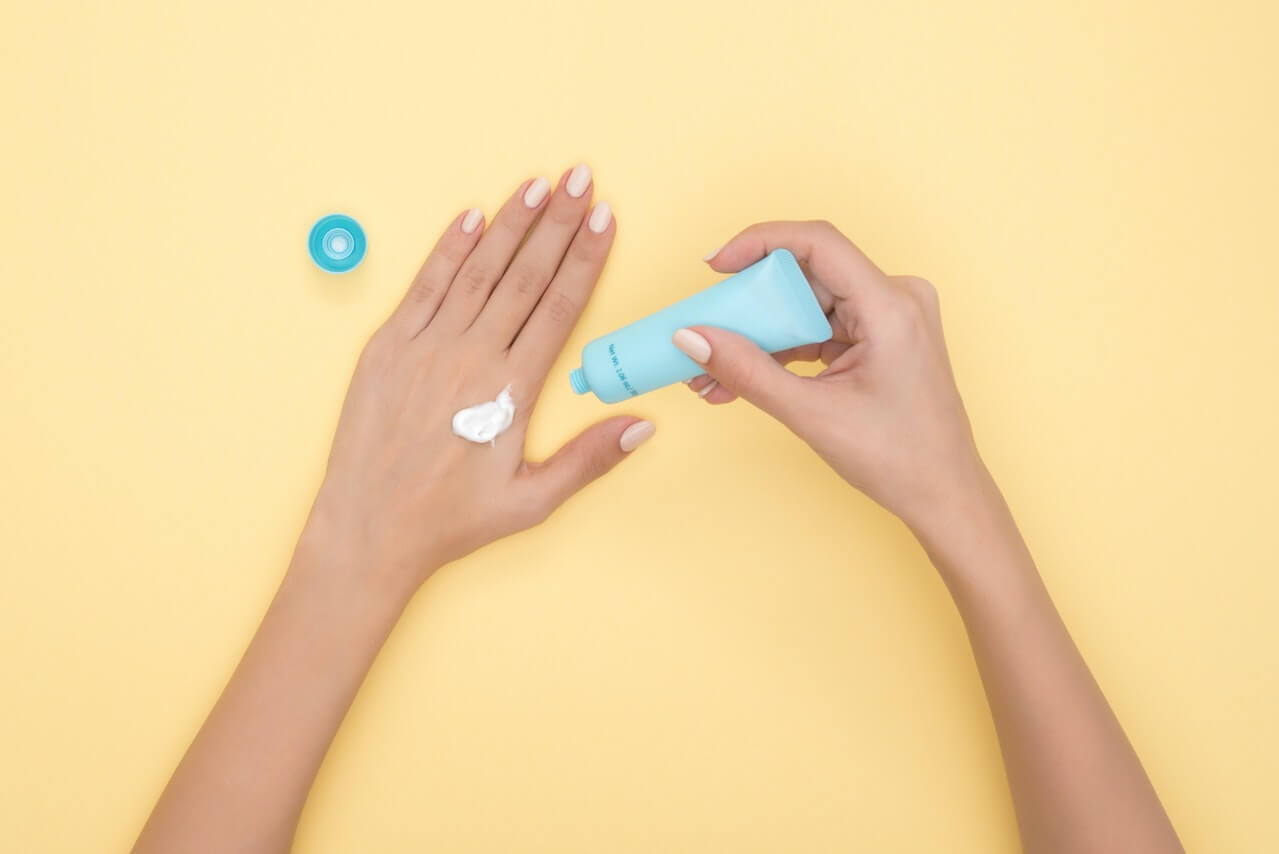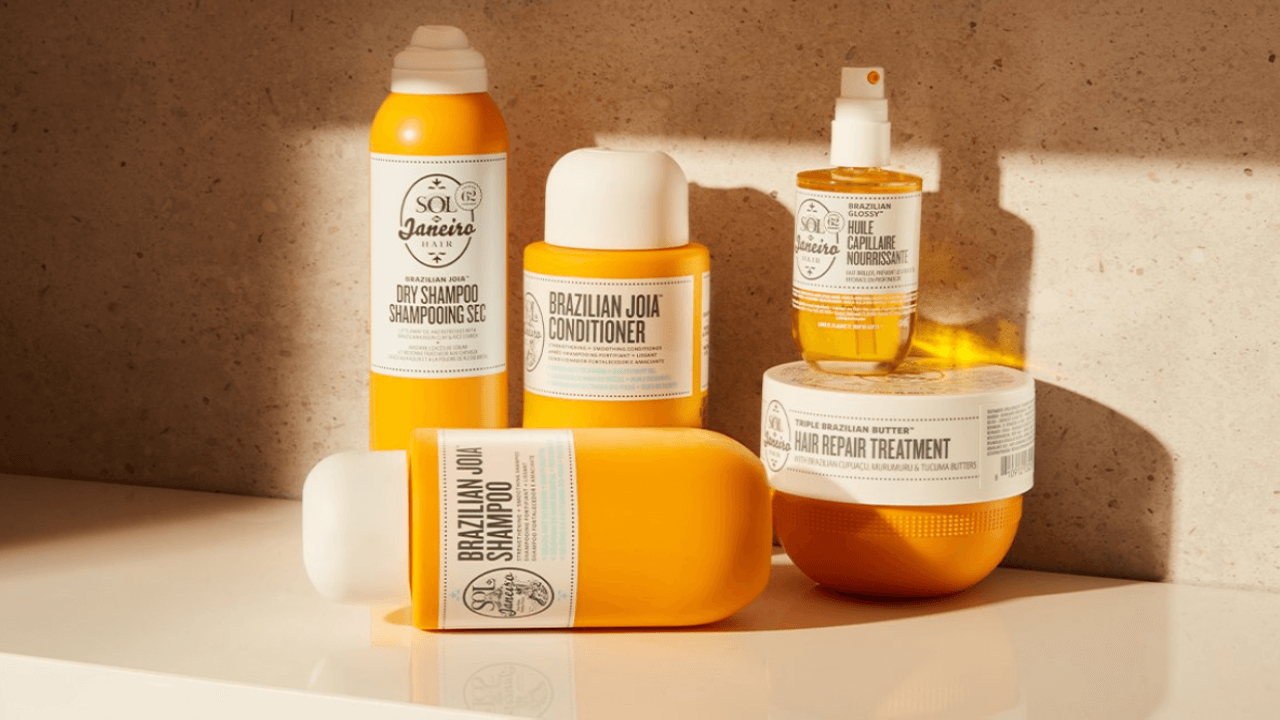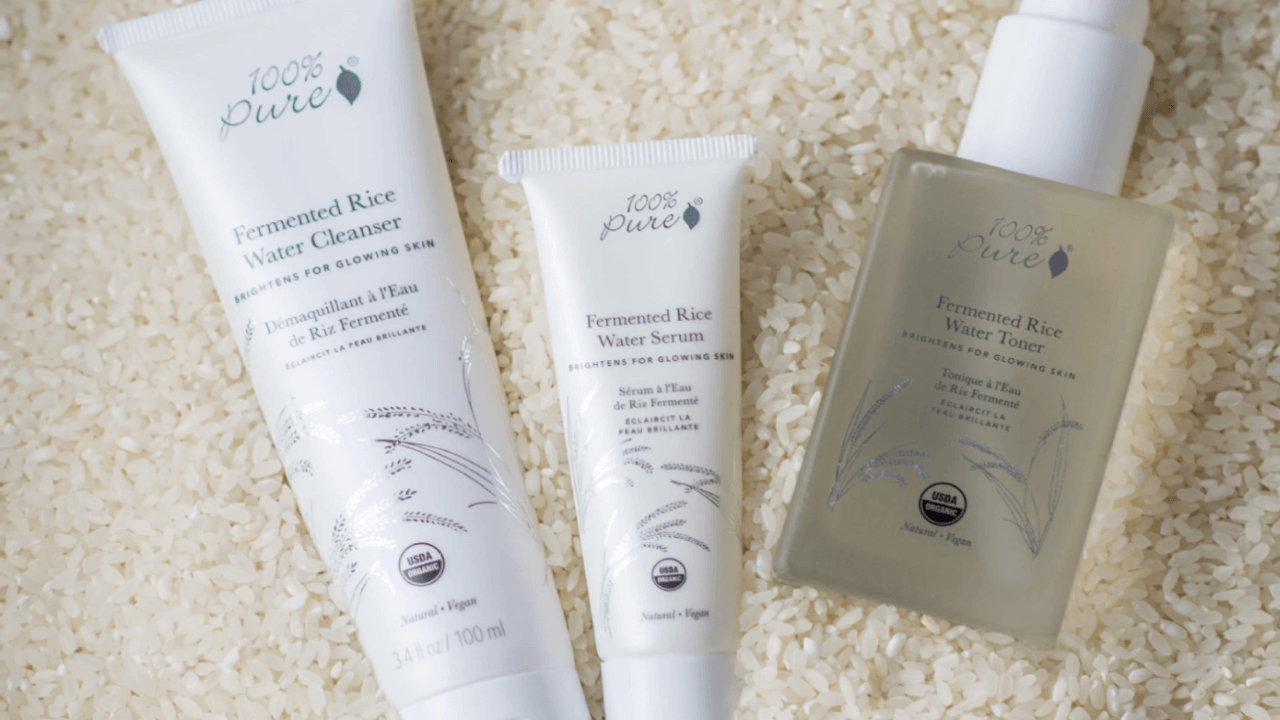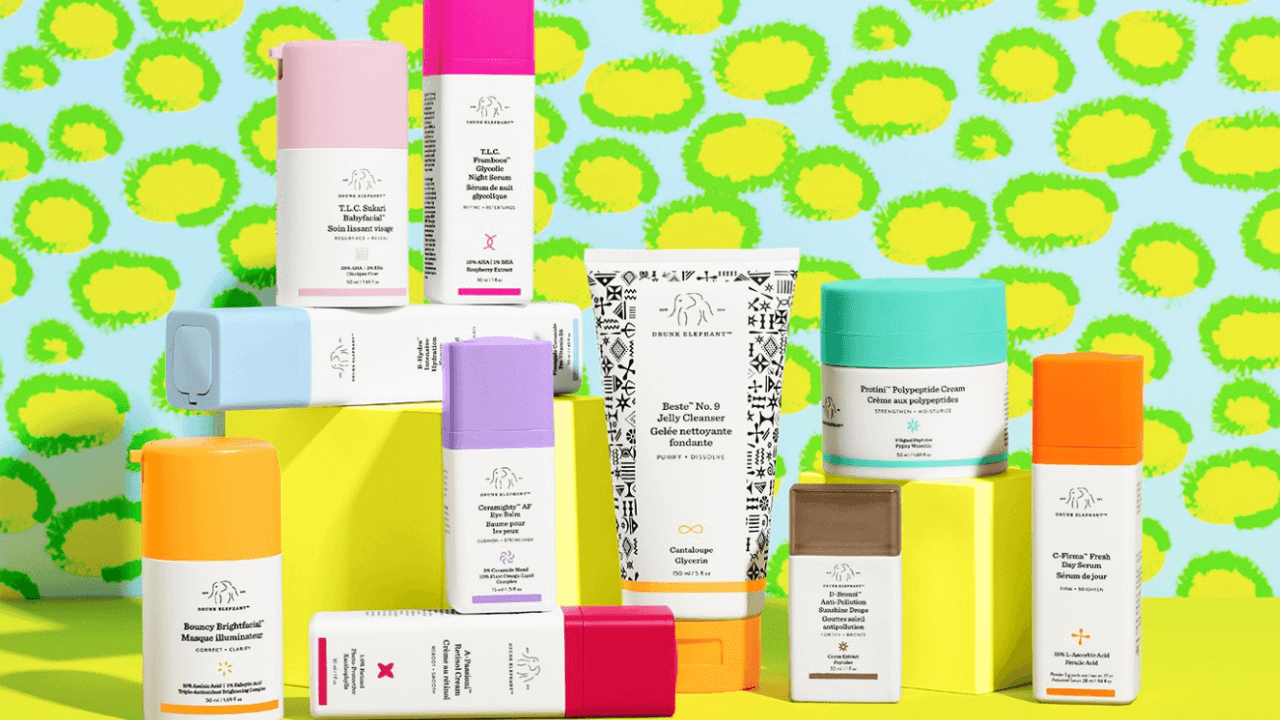What Are Sebaceous Filaments & How To Treat Them?
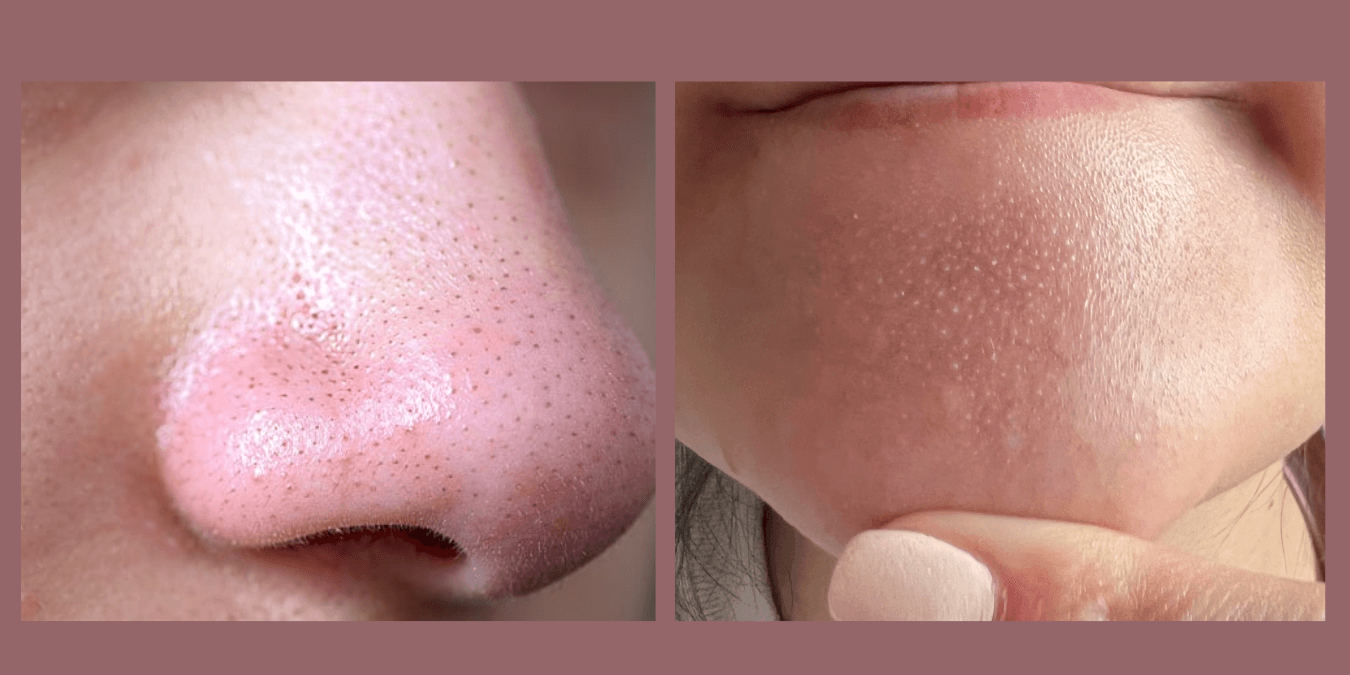
If you've ever noticed small, pin-like structures in your pores, especially around your nose or T-zone, you might be dealing with sebaceous filaments. These tiny, cylinder-like structures are often mistaken for blackheads, but they're quite different and are a natural component of your skin's ecosystem. In this guide, we'll delve into the world of sebaceous filaments, providing the information you need to manage and minimize them effectively.
What Are Sebaceous Filaments?
Sebaceous filaments are semi-liquid substances composed of sebum (skin oil), shed skin cells and hair follicles. They are found primarily on the nose, chin, and forehead, and serve a crucial role in maintaining the health of your skin by allowing sebum to reach the skin's surface, keeping it well-moisturized.
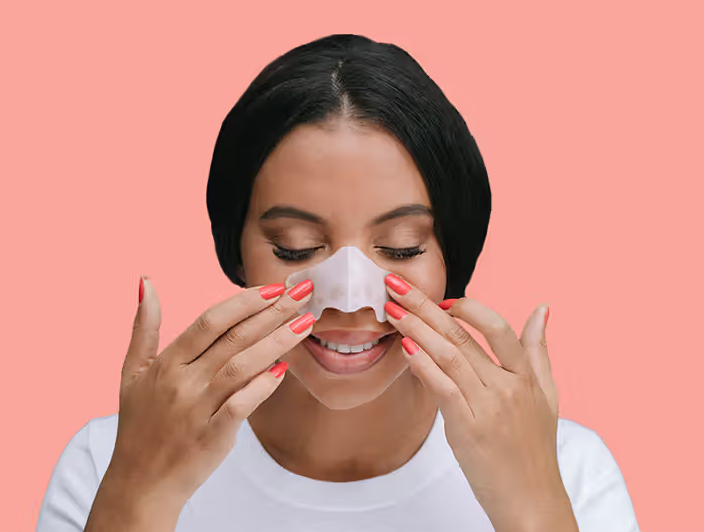
Sebaceous filaments originate from sebaceous glands connected to hair follicles. These glands produce sebum, which travels through the hair follicle and reaches the skin's surface, keeping it hydrated. However, over time, excessive sebum production and a build-up of dead skin cells can cause a mixture to form within your pores, gradually leading to the appearance of sebaceous filaments.
Causes of Sebaceous Filaments
Sebaceous filaments develop due to:
- Excess sebum
- Dead skin cells
- Genetics
- Hormonal changes
- Use of heavy, oil-based skincare products
How To Identify Sebaceous Filaments
Sebaceous filaments on the nose can be observed as small, pin-like structures in the pores. Here are some easy-to-understand bullet points about them:
- Sebaceous filaments are tiny structures found in the pores of the nose.
- They look like small pins and are usually yellow or gray in color.
- Unlike blackheads and whiteheads, sebaceous filaments are smooth and evenly distributed within the pores.
Effective Treatment Methods
Effective methods for managing and minimizing sebaceous filaments include:
Exfoliation: Exfoliating dead skin cells is essential in preventing them from mixing with sebum and forming filaments. To achieve this, you may consider using skincare products that contain glycolic acid or retinol. For instance, consider the ExfoliKate Intensive Exfoliating Treatment is designed to improve your face texture and provide a healthy glow.
ExfoliKate Intensive Exfoliating Treatment ($24)
Sulfur-Infused Cleansers: Another effective ingredient in skincare is sulfur, which can help address visible sebaceous filaments. Consider the EradiKate Daily Foaming Cleanser which is infused with 3% sulfur, and it offers gentle exfoliation that removes dead skin cells and excess oil, unclogging pores and reducing the visibility of sebaceous filaments. Additionally, its unique ability to regulate sebum production further contributes to clearer pores, while its natural anti-inflammatory properties soothe irritation and redness.
EradiKate Daily Foaming Cleanser ($44)
Skincare Routine For Sebaceous Filaments
An effective skincare routine for managing sebaceous filaments includes:
- Cleansing: Use a gentle, sulfur-infused cleanser to remove excess oil and dead cells.
- Exfoliation: Incorporate an exfoliate that effectively deep-cleans pores, removes dead skin cells, and enhances skin texture.
- Clay Masks: Use clay masks once or twice a week to deep-clean your pores.
- Moisturize: Choose a non-comedogenic face moisturizer to keep your skin hydrated without clogging pores.
- Sun Protection: Always wear sunscreen, as some treatments can make your skin more sensitive to UV radiation.
Conclusion
In conclusion, sebaceous filaments are a common skin concern, but they can be effectively managed and minimized with the right skincare routine. Understanding the science behind their formation and the factors that contribute to their development is essential for developing effective strategies for managing them. By incorporating these treatments into an effective skincare routine, you can achieve clearer, more radiant skin. Remember, squeezing sebaceous filaments can cause more harm than good, so it's best to focus on preventive measures and effective treatments.
